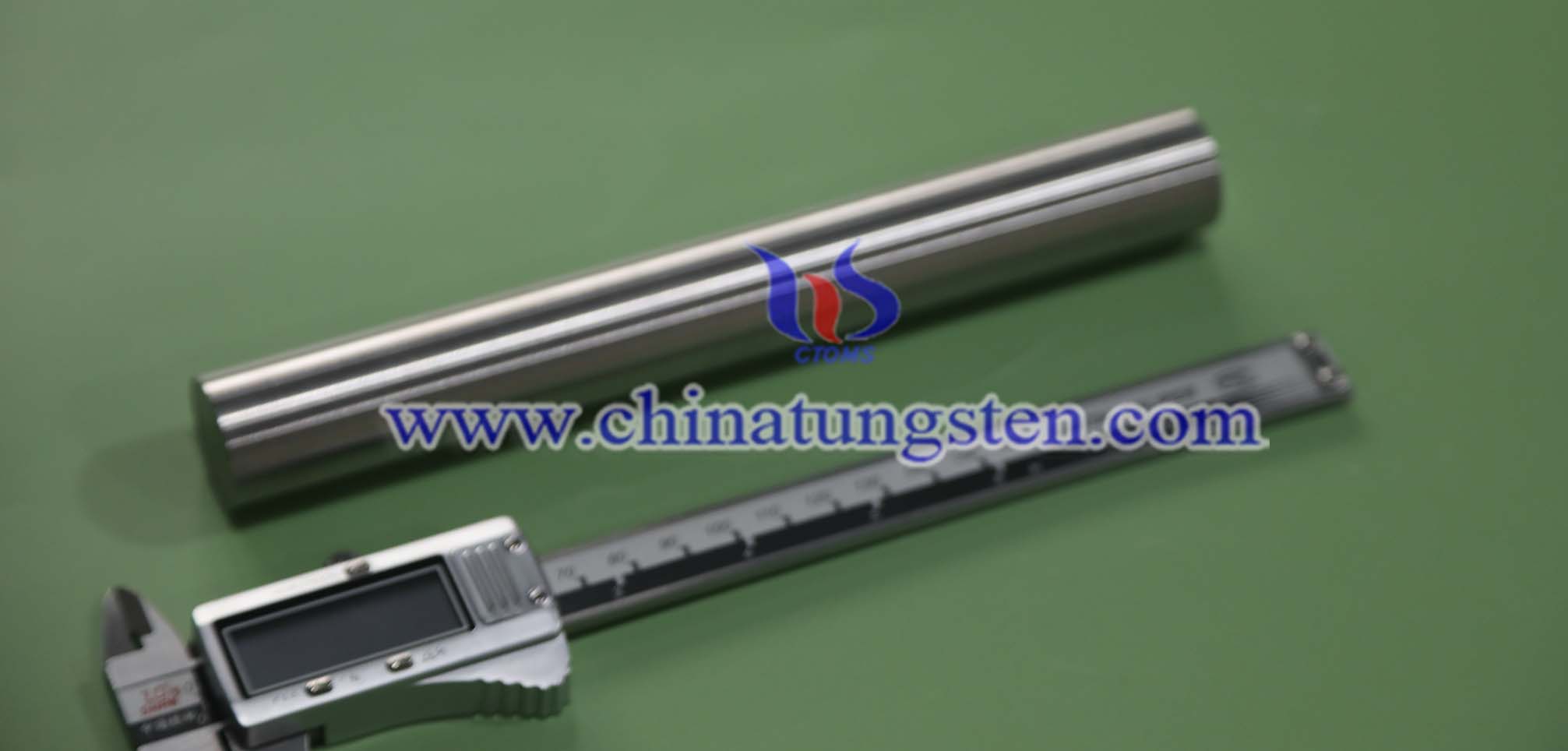Can Chrome Plating on Tungsten Alloy Surfaces Improve Corrosion Resistance?
- Details
- Category: Tungsten Information
- Published on Thursday, 03 July 2025 13:52
Chrome plating on tungsten alloy surfaces can greatly enhance corrosion resistance. This is a common surface engineering technique used to improve durability and decorative appearance.
1. Basic Principle of Chrome Plating
Chrome plating—primarily referring to hard chrome plating—is an electrochemical process that deposits a dense chromium (Cr) layer on the surface of a metal. This chromium layer features:
- High hardness (HV800~HV1000)
- Excellent wear resistance and low friction coefficient
-
Good chemical stability and oxidation resistance
2. Characteristics of Tungsten Alloy
Tungsten alloys possess the following characteristics:
- High density and high melting point
- High strength and excellent wear resistance
- However, in certain environments (such as high humidity or acidic conditions), surface oxidation or corrosion may still occur gradually
Therefore, for applications that require enhanced surface performance—such as in military, aerospace, medical, or chemical equipment—chrome plating the surface of tungsten alloy is an effective protective measure.
3. Performance Enhancement of Tungsten Alloy After Chrome Plating
|
Performance Aspect |
Original Tungsten Alloy |
Improvement After Chrome Plating |
|
Corrosion Resistance |
Moderate (in some conditions) |
Significantly improved; better acid/base resistance |
|
Wear Resistance |
Good |
Even better (hard chrome is highly wear-resistant) |
|
Surface Finish |
Rough (due to hot working) |
Potential for mirror-like finish |
|
Oxidation Resistance |
Average |
Long-term stability in air |
4. Important Considerations
-
Pre-treatment for Tungsten Alloy Electroplating Is Complex
Due to the inert nature of tungsten alloy surfaces, activation (such as acid etching or ionic cleaning) is typically required before chrome plating. -
Adhesion Issues
If pre-treatment or undercoating is inadequate, the chromium layer may peel off or develop cracks. -
Plating Thickness Control
For functional chrome plating (e.g., on tools or tungsten alloy molds), the typical thickness ranges from 5 to 50 μm.
Chrome plating on tungsten alloy surfaces can indeed be an effective way to enhance corrosion resistance, especially in demanding environments. With proper process control, it can also improve wear resistance and surface finish. As such, it is a widely used and effective surface treatment method.

- Chinatungsten Online: www.tungsten-alloy.com
- CTIA GROUP LTD: en.ctia.group
- Tungsten News & Price: www.ctia.com.cn
- Molybdenum News & Price: news.molybdenum.com.cn
- Tel.: 86 592 5129696; Email: sales@chinatungsten.com



 sales@chinatungsten.com
sales@chinatungsten.com